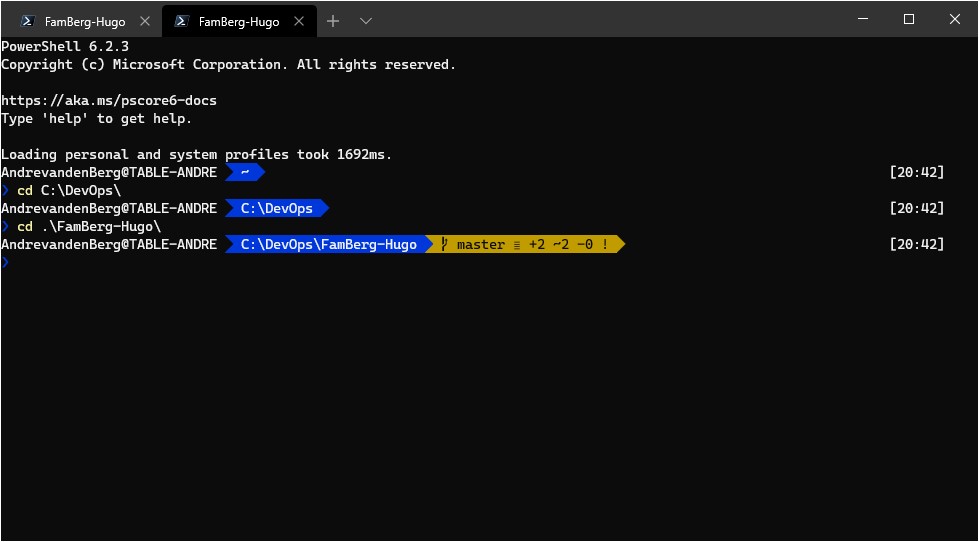

Built as the new open-source environment under the code name “Cascadia” and developed with the insights and direct contribution from the worldwide community, new Windows Terminal strives to greatly enhance productivity for professional users who are used to control and monitor their workflow jobs with this popular command-line tool. With full support for shells like Command Prompt, PowerShell, and WSL, new Windows Terminal adds more modern user interface features such as tabs, GPU accelerated text rendering engine, Unicode, and UTF-8 character support, custom themes, and in-depth user configuration support. Scroll up to the defaultProfile setting, and paste the GUID.The brand-new Windows Terminal improves upon the legendary command-line system administrator app by adding a fast, optimized, and powerful terminal application platform for a new modern age.Find the section that lists my profiles:.Click the settings icon in the terminal, which opens a settings file (in VS code, in my case, because it’s a.Great, PowerShell Core is in there!īut, it’s not yet my default. I opened Windows Terminal and check the list of shells.
I installed PowerShell Core by running choco install powershell-core.I use the Chocolatey package manager, so I installed windows terminal via choco install windows-terminal.So, I wanted to work it into my Windows Terminal installation and make sure I’m using it by default so I can get used to any differences. It is cross-platform (works on Windows, Mac, Linux), and is open-sourced (something I particularly love). It is what PowerShell will be going forward. PowerShell Core really takes this to the next level. I believe in scripting and automation, and I have come to love PowerShell for its eloquence, especially in a Windows environment. Getting Started With PowerShell Core in Windows Terminal


 0 kommentar(er)
0 kommentar(er)
